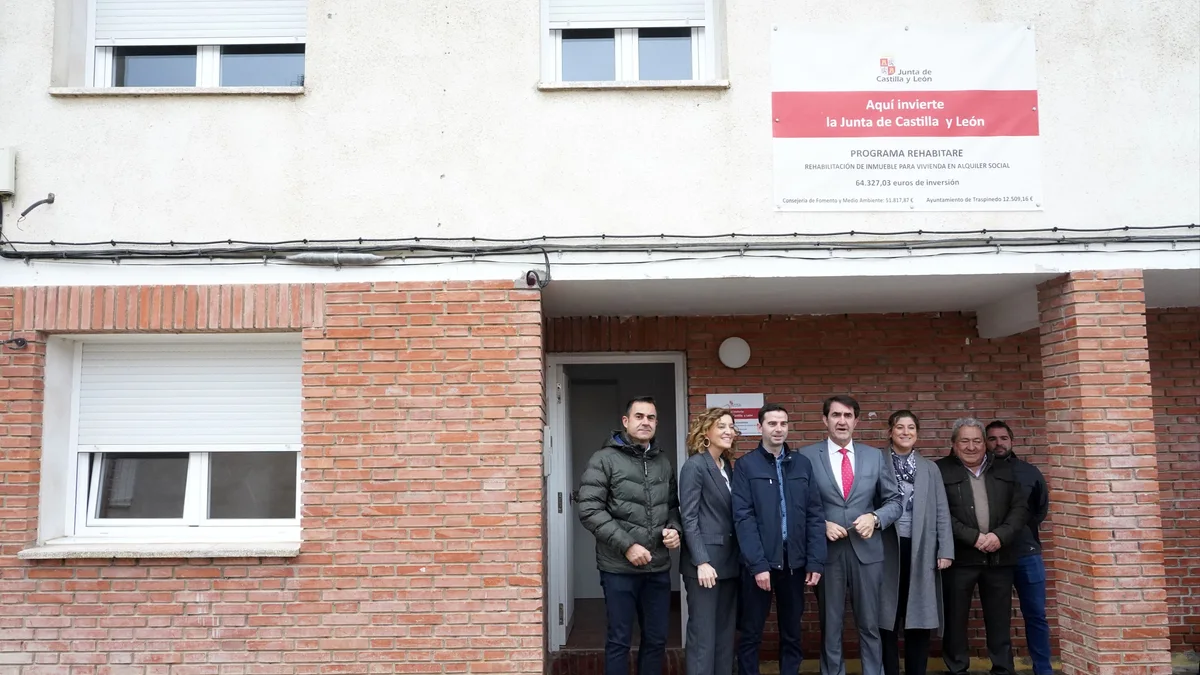Juvenile probation failures have left L.A.’s troubled kids nowhere to go
Editorials
The Times Editorial Board April 8, 2024
Its not at all clear what will happen if the Board of State and Community Corrections determines on Wednesday that Los Angeles Countys two juvenile halls remain unsuitable for
the
confinement of youth.
The county has no place left to house, secure and care for nearly 300 juveniles, and besides, the problem is not so much the facilities as it is the inadequate number of staff who show up to work in them.
If the county can’t care for its most troubled kids, can the state? Not anymore.
The state once ran the worlds most renowned juvenile rehabilitation program, the California Youth Authority, which was developed in the 1940s and operated in tandem with county-run juvenile halls and probation camps.
But the Youth Authority began to unravel with the 1980s shift in public attitude toward juvenile crime, panic over young supposed superpredators, and a ballooning number of arrests and gratuitously harsh punishments.
The program morphed into a network of cruel juvenile prisons, where youths were physically, mentally and sexually abused. Legal liability and payouts skyrocketed. Unable to meet its moral and legal obligation to safely house and rehabilitate
young people
, the state began to look for ways to offload them.
It first tried realignment a sound strategy under which counties could no longer send the state its toughest juveniles free of charge. Counties now had a financial incentive to find more effective and efficient alternatives closer to home, often without detention. Youth crime, arrests and incarceration plummeted.
The toughest cases remained with the state, which planned to transfer responsibility from its corrections department to human services, as befitting a program that by law does not impose punishment but provides rehabilitation and treatment.
But Gov. Gavin Newsom opted instead to get the state out of the juvenile justice business altogether, except for providing counties guidance, funding and enforcement of standards. The Youth Authority, which had become the Division of Juvenile Justice in 2005, shut down in 2023.
That brings us back to L.A. County and its current predicament. It had already been failing with its core population of juvenile wards, subjecting them to the same harmful conditions found in the states juvenile prisons including sexual assault, mental and emotional torture
,
and physical abuse. The county, like the state, paid out costly legal settlements.
As the state prepared to transfer its remaining juveniles to the county, the Board of Supervisors spent much of 2021 and 2022 squabbling over where to put them. Some communities, including Malibu and Santa Clarita, took legal action to keep them out of local probation camps. The supervisors finally settled on a specially secured segment of the Barry J. Nidorf Juvenile Hall in Sylmar, where most are currently housed.
The corrections board lacked jurisdiction over that portion of Nidorf last year, when it ordered the rest of the facility closed after it repeatedly failed inspections for safety, security and supervision
.
But the law has since changed. Now the remaining portion of Nidorf faces closure, along with Los Padrinos Juvenile Hall in Downey, which the county hurriedly reopened last year after century-old Central Juvenile Hall in
Lincoln Boyle
Heights was deemed unsuitable to house young people.
The county has repeatedly demonstrated that it is not capable of safely and securely operating a juvenile hall, not because it doesnt have the facilities it has plenty of buildings but because its Probation Department lacks the organizational culture, personnel and commitment to care for troubled youth.
Its a problem decades in the making, and has persisted despite countless attempts at reinvention, with blue-ribbon commissions, reconstructions, reorganizations, realignments, and frequently ousted and replaced chief probation officers. The mess long predates the states ill-considered move to shirk direct responsibility for juveniles and send the tough cases back to the counties. But the transfer was a stress test L.A. County simply couldnt pass.
If the corrections board this week finds that the county has brought Nidorf and Los Padrinos up to snuff, the relief will likely be short-lived, until the next failed inspection. A state attorney general enforcement action also appears unlikely to solve the problems. So then what? No one knows.
The sad truth is that the entire state and county edifice of laws, policies and programs created to provide rehabilitation, education and care for the most troubled youths cannot provide them. Young people in Los Angeles County juvenile halls likely come out worse than they went in.
The atrocity is clouded by euphemisms such as “hall” or “camp” to describe facilities that are really jails. State and county policy is officially to provide a “homelike environment,” but it’s not any kind of home anyone would choose. Rooms are really cells, classrooms are human warehouses, and the day-to-day goal is not so much rehabilitation, as required by law, but just surviving without being attacked, raped or killed by fentanyl overdose.
The state’s other 57 counties aren’t having the same problems with juvenile probation. In Los Angeles
C
ounty, though, the entire state-county system is a shameful failure. The kids who are ordered into it are in desperate need of rescue from their supposed rescuers.





